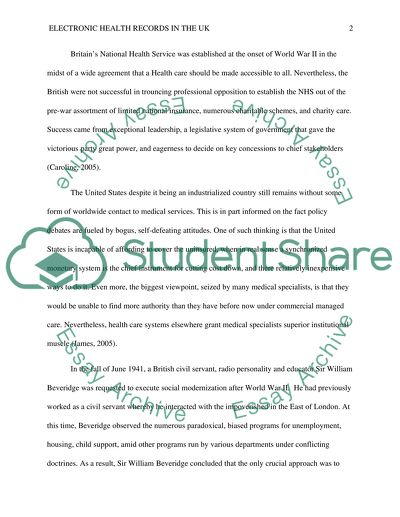Cite this document
(“Electronic Health Records in the UK Research Paper”, n.d.)
Retrieved from https://studentshare.org/information-technology/1444356-the-implementation-of-electronic-health-records-in
Retrieved from https://studentshare.org/information-technology/1444356-the-implementation-of-electronic-health-records-in
(Electronic Health Records in the UK Research Paper)
https://studentshare.org/information-technology/1444356-the-implementation-of-electronic-health-records-in.
https://studentshare.org/information-technology/1444356-the-implementation-of-electronic-health-records-in.
“Electronic Health Records in the UK Research Paper”, n.d. https://studentshare.org/information-technology/1444356-the-implementation-of-electronic-health-records-in.


